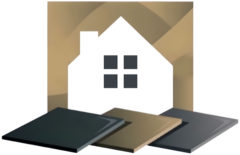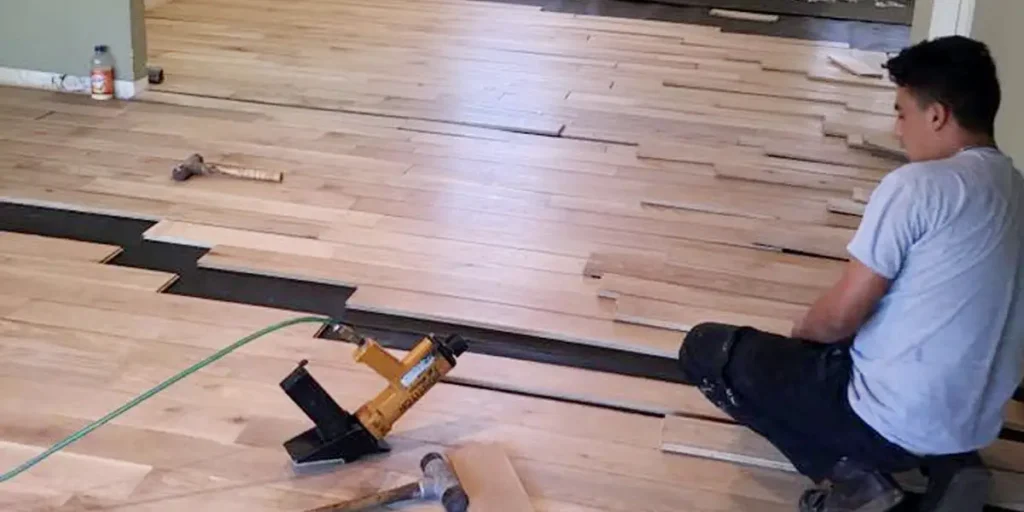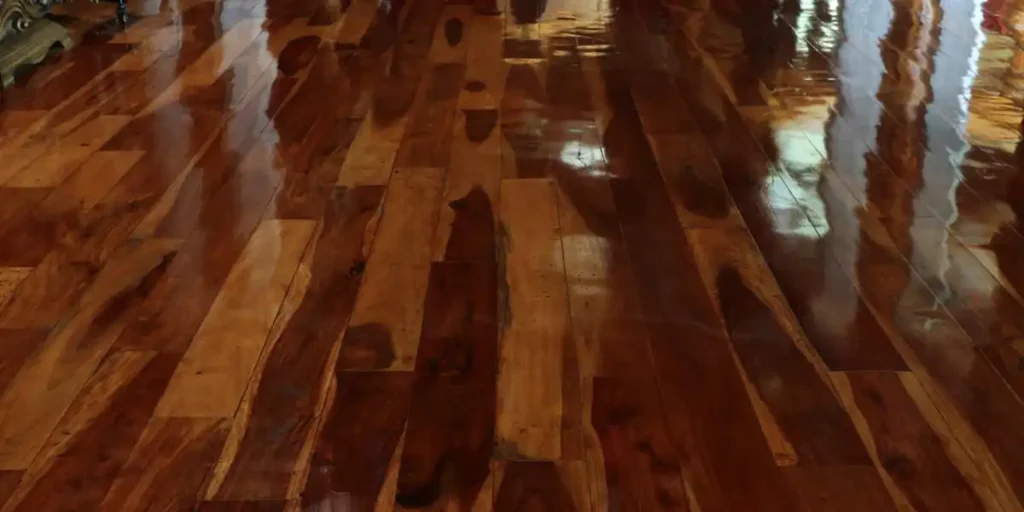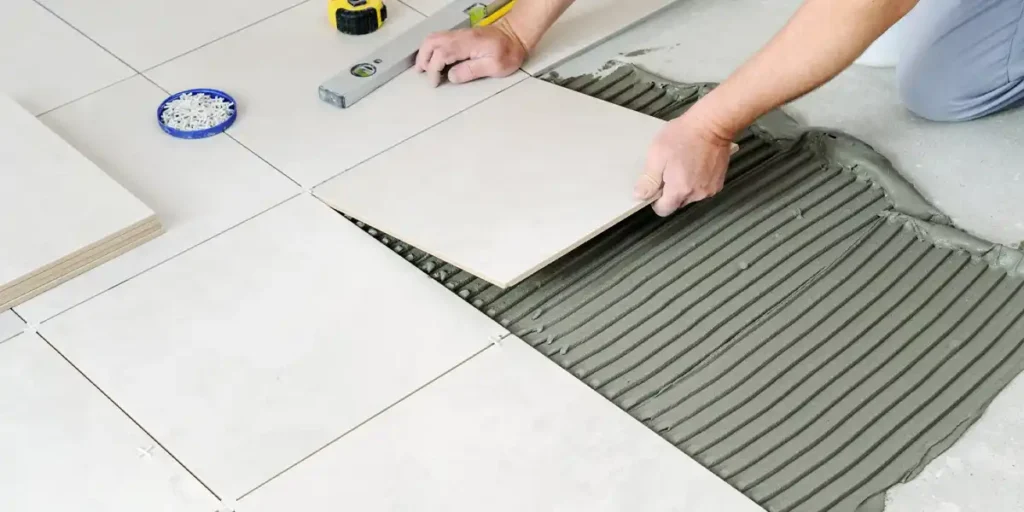Picture this: you’re admiring the sleek, polished look of your hardwood floors when suddenly, your heart sinks. A scratch whether from moving furniture, a playful pet, or an accidental drop threatens the perfection of your home’s centerpiece.
Beyond the aesthetic blow, scratches can lead to deeper damage if left unchecked. But don’t panic!
This guide will show you how to get scratches out of hardwood floors, offering expert tips and practical solutions to restore their pristine condition.
Solutions That Work: How to Get Scratches Out of Hardwood Floors
When dealing with scratches on your hardwood floors, the severity of the scratch determines the most effective solution. From quick fixes for minor scuffs to more intensive repairs for deep gouges, here’s a comprehensive approach to restore your flooring.
Minor Scratches: Quick Fixes for Surface Imperfections
For surface-level scratches that don’t penetrate the wood, these solutions are often quick and easy:
- Deep Cleaning First: Sometimes, what looks like a scratch is simply dirt or grime buildup. Start by deep cleaning the area with a damp mop and a hardwood floor cleaner. Use a microfiber cloth to dry the area and inspect the surface carefully to determine if further action is necessary.
- Walnut Oil Magic: This surprising method works wonders for light scratches. Gently rub the meat of a walnut over the scratch in circular motions. The natural oils in the walnut darken the scratched area, blending it into the surrounding wood.
- Polish it Up: Use a high-quality hardwood floor polish designed to fill in light scratches and restore the floor’s shine. Apply the polish sparingly, focusing on the scratched areas. Buff with a clean, soft cloth for a smooth finish. This is particularly effective for shallow, parallel scratches that follow the grain.
Moderate Scratches: Stepping Up the Effort
Moderate scratches require a bit more effort and precision to repair:
- Touch-Up Markers or Crayons: Available at most hardware stores, wood-specific markers and crayons come in a variety of shades to match your floor. Carefully color in the scratch, using light strokes to avoid over-application. Once colored, buff the area gently with a soft cloth to blend the repair with the surrounding wood.
- Paste Wax Application: For scratches that go slightly deeper, paste wax offers an effective solution. Using a soft cloth, rub the wax into the scratch, filling the groove. Once the wax has set, buff the area to a shine. This technique works especially well for scratches across the grain.
Deep Scratches: Heavy-Duty Repair
For scratches that penetrate deeply into the wood, these solutions provide lasting results:
- Wood Filler Application: Select a wood filler that matches the color of your flooring. Carefully fill the scratch, smoothing it with a putty knife. Allow the filler to dry completely, then sand the area gently until it’s level with the surrounding floor. Apply a matching stain, followed by a sealant, to achieve a seamless finish.
- Call in the Pros: When scratches cover a large area or are particularly deep, professional refinishing may be the most effective option. Experts can sand and refinish your entire floor, erasing imperfections and restoring the surface to like-new condition
Preventing Future Scratches: Tips to Protect Your Floors
Keeping your hardwood floors in pristine condition requires a proactive approach. Prevention not only saves you time and money but also maintains the timeless beauty of your flooring. Here are some practical strategies to avoid scratches:
Use Furniture Pads:
Felt pads are a simple yet effective solution. Attach them to the legs of chairs, tables, and other furniture to prevent them from dragging across the floor. Replace worn pads regularly for continuous protection.
Rugs and Mats
Strategic placement of rugs and mats can make a world of difference. Use rugs in high-traffic areas, like hallways and entryways, to shield the surface from heavy foot traffic. Placing mats under heavy furniture provides an added layer of protection against dents and scratches.
Trim Pet Nails
Pets bring joy, but their nails can wreak havoc on hardwood floors. Regular grooming and nail trimming minimize the risk of unsightly scratches. Consider using pet-friendly mats in their favorite lounging areas.
Avoid High Heels Indoors
High heels exert concentrated pressure that can dent and scratch hardwood. Encourage a no-shoe policy or switch to soft-soled footwear indoors.
Sweep Regularly
Dirt and debris act like fine sandpaper underfoot. Regular sweeping or vacuuming with a hardwood-safe attachment removes grit before it can cause damage.
Final Thoughts
Scratches on hardwood floors are a common issue, but they don’t have to be a permanent one. From quick fixes like walnut oil and touch-up markers to professional solutions like wood filler and refinishing, there’s a repair method for every level of damage.
By taking preventative measures, such as using furniture pads and trimming pet nails, you can keep your floors looking their best for years to come.
Ready to tackle those scratches? With Cardenas Flooring, your hardwood floors will shine like new in no time. Contact us now.
FAQs
Can scratches on hardwood floors be completely removed?
It depends on the depth of the scratch. Minor surface scratches can often be completely removed using polish, wax, or touch-up markers. Deeper scratches may require wood filler or sanding and refinishing. While the goal is to make scratches less noticeable, some severe gouges might leave a faint mark even after repair. For extensive damage, professional refinishing can restore the floor to a like-new condition.
Are DIY solutions for scratches as effective as professional repair?
DIY solutions are excellent for minor to moderate scratches and can provide effective, budget-friendly results. Techniques like using touch-up markers, wood fillers, and paste wax often work well for these cases. However, for deep scratches or large damaged areas, professional repair is recommended for the most seamless finish. Experts can refinish the floor entirely, ensuring long-lasting durability and aesthetic appeal.
Can scratched hardwood floors be polished without refinishing?
Yes, for superficial scratches, applying a high-quality hardwood floor polish can help restore the floor’s shine and mask the imperfections. However, this is a temporary solution and won’t address deeper scratches. For more durable results, consider using touch-up markers or fillers for scratches that penetrate the wood grain.
How do I prevent scratches from recurring after repairs?
Preventive measures include using felt pads under furniture legs, placing rugs in high-traffic areas, and ensuring pet nails are trimmed regularly. Avoid dragging heavy furniture across the floor and use protective mats near entrances to trap dirt and debris. Regular cleaning with a soft broom or vacuum can also minimize the risk of scratches from grit and particles.
What’s the difference between refinishing and repairing scratches?
Repairing scratches involves fixing isolated imperfections using methods like filling, polishing, or touch-up markers. Refinishing, on the other hand, entails sanding down the entire floor to remove surface damage and applying a new stain and protective finish. Refinishing is ideal for floors with widespread scratches or wear, while repair works well for localized issues.




